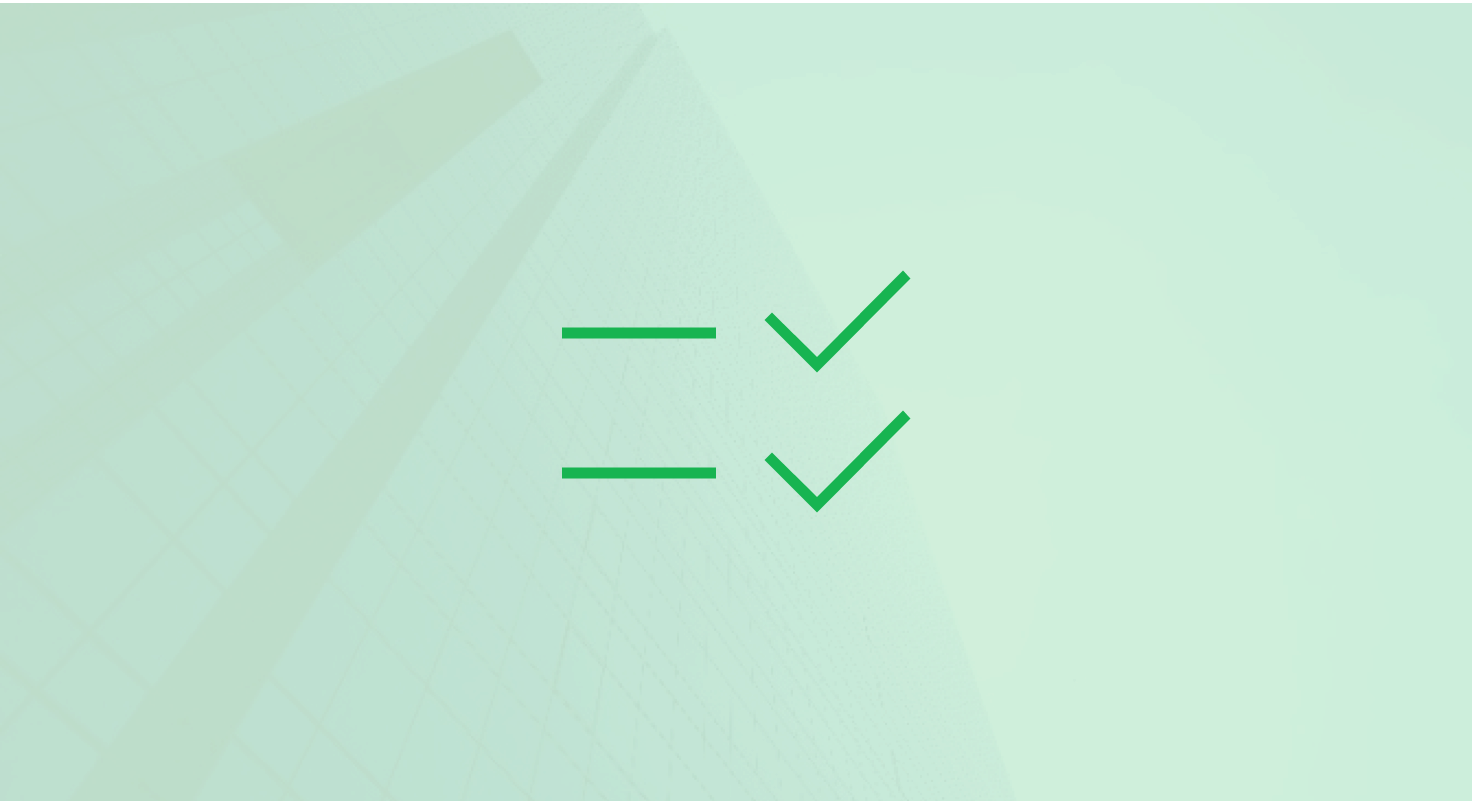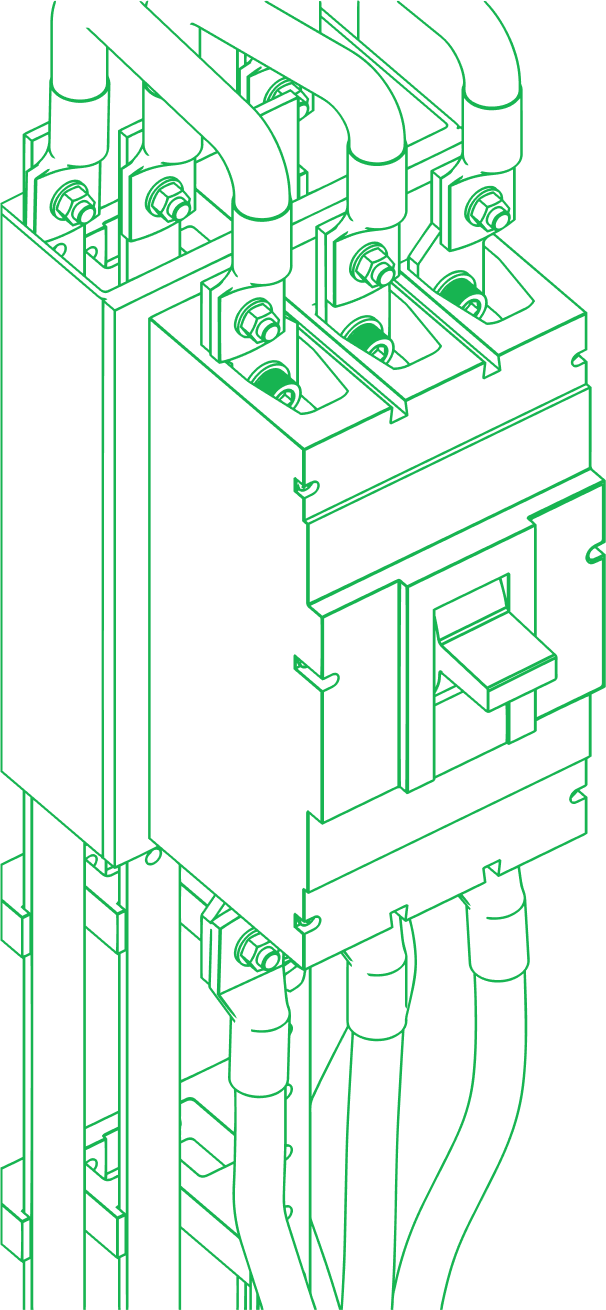
Customer Retention vs Customer Acquisition: What's More Important?
Table of Contents
Acquire. Churn. Repeat.
That’s the customer strategy of many B2B SaaS companies.
But is that smart….or stupid?
Do your company a favor and take the next 6 minutes to find out which one you should bet on:
Customer acquisition or customer retention.

What’s Costing You More?
Customer Acquisition
Acquisition is all about quick leads and fast sales, focused on acquiring new customers. But it’s expensive and often short-lived.
Every new customer you get? You’re paying for it upfront.
The Facts
- New customer acquisition can cost 5-25 times more than retaining an existing one.
- 44% of companies prioritize customer acquisition, while only 18% focus on retention.
- The average customer acquisition cost for B2B companies is $536.
Actionable Strategy
Review acquisition channels. Cut the high-cost, low-return ones. Shift that budget into your best-performing source, whether that’s paid ads, organic traffic, or webinars, to lower Customer Acquisition Cost (CAC) without slowing leads.
Customer Retention
Retention is cost-effective, predictable, and designed to maximize customer lifetime value (CLV) over time, making it a critical strategy for long-term growth.
The Facts
- Over time, returning customers spend 67% more than newbies.
- Retention boosts profits by up to 95% with just a 5% improvement.
- Happy customers refer friends. 4x more effectively than ads.
Actionable Strategy
Set up a simple referral program for your most loyal customers. Offer an easy-to-share link and a clear reward, like gift cards or account credits, to turn happy customers into lead-generating machines.
Customer Psychology
Customer Acquisition
Acquisition is about making a killer first impression with flashy ads, big promises, and irresistible CTAs, all aimed at attracting new customers.
The problem? First impressions are fleeting.
The Facts
- It takes 0.05 seconds for someone to form an opinion about your brand.
- 95% of buying decisions are emotional, not logical.
- Scarcity and time-limited deals can boost conversions by 332%.
Actionable Strategy
Use bold, value-focused headlines (“Save Time. Grow Revenue.”) and add urgency (“Limited Spots—Book Now”). Keep your CTA simple and obvious.
Customer Retention
Retention is all about relationships. It’s less about closing the deal and more about building trust and making customers feel seen and valued.
The Facts
- 76% of loyal customers say they stick with brands they feel emotionally connected to (Forrester).
- 80% of customers are more likely to buy from brands that offer personalized experiences (Epsilon).
- 73% of Americans are likely to abandon a brand after just one poor customer service experience.

Actionable Strategy
Use customer data to trigger check-ins, product tips, and loyalty perks. For example: “Noticed you haven’t tried [feature]—here’s how it can help.”
Scaling Up vs. Playing the Long Game
Customer Acquisition
Acquisition thrives on reaching as many people as possible, as often as possible, guiding potential leads through customer journeys toward becoming a paying customer.
But the “spray and pray” approach is pricey. And less effective than it was just a couple of years ago.
The Facts
- Using 4+ channels boosts engagement by 300%.
- Predictive analytics increases ROI by 20%.
- Ad effectiveness drops by 41% after six months due to fatigue.
Actionable Strategy
Serve ads to users who visited your pricing page but didn’t convert. Offer testimonials, free trials, or time-limited discounts to bring them back.
Customer Retention
Retention focuses on depth over breadth, emphasizing customer retention strategies that boost customer retention rate and foster long-term loyalty.
The goal is to increase each customer’s value over time through upsells, cross-sells, and advocacy.

Watch: Sustainable growth takes more than fast leads. Here’s how modern SDRs are building for long-term value. 👇
The Facts
- Brands with proactive customer success teams see a 15-20% increase in retention rates.
- Loyalty Programs Boost Repeat Purchases by 60%.
- Existing customers account for 65% of a company's business.
Actionable Strategy
When customers hit usage limits or milestones, trigger an upsell offer. Frame it as helping them get more value, not just selling more.
Scaling? Don't let revenue slip through the cracks.
A Fractional RevOps Team keeps sales, marketing, and CS aligned—so growth is predictable, not chaotic.
Tracking Growth the Right Way
Customer Acquisition
Acquisition metrics show how well you’re pulling in leads, but they only scratch the surface of long-term business health.
The Facts
- Only 2.35% of B2B leads convert, but top performers hit 5%.
- In SaaS, the sweet spot for the amount of time it takes for a customer to “pay back” their acquisition cost is under 7 months.
- Customer acquisition costs have increased by 222% in recent years.
Actionable Strategy
Identify where leads drop off, landing pages, forms, demo calls, and A/B test improvements. Even small tweaks can significantly boost conversions.
Customer Retention
Retention metrics reveal your brand’s true health and long-term potential by tracking key indicators like customer feedback, churn rates, and upsell opportunities.
The Facts
- When it comes to Net Revenue Retention (NRR), anything over 100% means you’re growing without needing new customers.
- Keep churn rate under 5% annually for B2B SaaS.
- A 10% increase in customer retention can raise a company's value by 30%.
Actionable Strategy
Track engagement. If usage drops or support tickets spike, trigger proactive outreach. A simple “Need help?” email can help improve customer retention by stopping churn before it starts.
Growth Now vs. Growth Forever
Customer Acquisition
Acquisition gets you fast results, but it’s high-risk.
Markets shift, ad costs spike, and without a strong retention plan, all your hard-won customers might bounce.
Watch: Fragmented tools. AI pressure. Burned-out reps. Here's why acquisition alone won’t cut it anymore. 👇
The Facts
- 44% of companies focus more on customer acquisition, potentially overlooking the benefits of retention strategies.
- Utilizing AI in customer acquisition can reduce costs by up to 50%.
- Industry leaders have seen their customer acquisition costs rise by 70% to 75% over the past five years.
Actionable Strategy
Don’t rely solely on paid ads. Build organic channels like SEO, partnerships, and community groups to reduce risk and create sustainable lead flow.
Customer Retention
Retention builds a business that’s less volatile and more profitable by focusing on keeping customers engaged through loyalty programs, proactive customer support, and personalized experiences.
Is your HubSpot setup built for retention?
Our HubSpot Technical Consulting ensures automation, workflows, and analytics are optimized—so every customer touchpoint is tracked, measured, and improved for long-term growth.
It’s not the fastest path to growth, but it’s the most sustainable.
The Facts
- 80% of future profits come from 20% of existing customers.
- Even a 2% drop in churn can boost profits by 10%.
- Happy customers are 4x more likely to refer new business.
Actionable Strategy
Shift some sales resources into Customer Success. Proactive support, regular check-ins, and value-driven insights help customers grow while boosting retention and expansion revenue.
Why Retention Wins in the Long Run
Acquisition and retention aren’t an either-or decision. You need both.
Stop treating acquisition and retention as separate strategies.
Our Allbound Marketing framework integrates inbound, outbound, and retention-focused engagement—so you create pipeline and keep customers coming back.
But smart, sustainable growth leans hard on retention because while acquisition gets people in the door, retention turns them into loyalists, brand advocates, and your biggest revenue drivers.

Here’s a winning formula:
- Target the right-fit customers who’ll actually stick around.
- Retain relentlessly. Personalize experiences, reward loyalty, and proactively solve problems before they happen.
- Let your customers do the heavy lifting. Remember, happy customers don’t just stay, they bring friends.
Want growth that lasts? Prioritize retention. And let acquisition follow its lead.
Retention wins--if HubSpot's set up right.
We build HubSpot to fuel loyalty, upsells, and referrals. More value, less churn.






